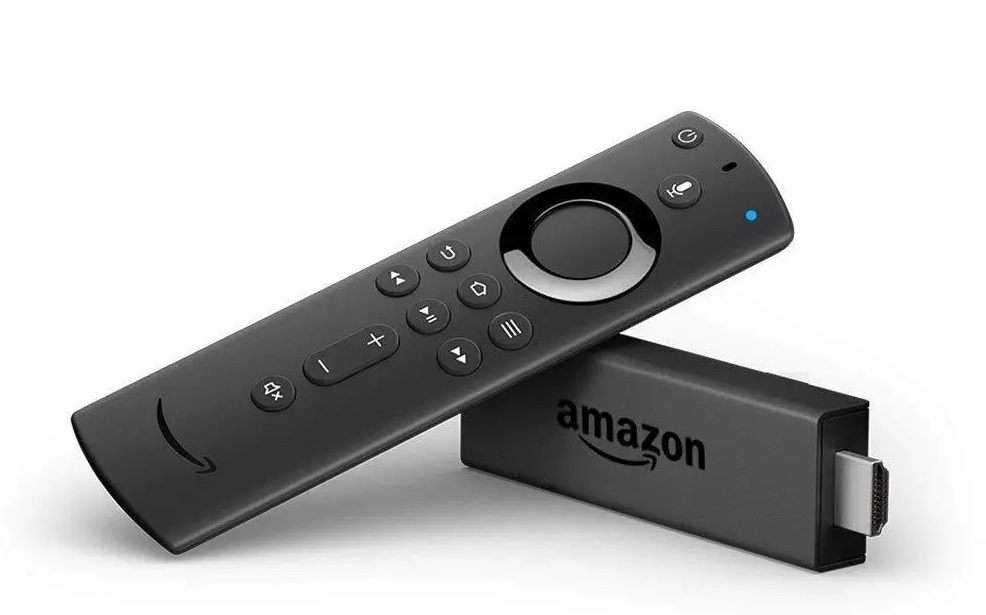
Amazon Security Update Causes Big Issues For Digital Signage Networks Using Fire TV Devices
March 6, 2024 by Dave Haynes
There are numerous digital signage CMS software companies that include Amazon’s low-cost Fire devices among their lists of supported media play-out options, and they’re now dealing with the well-established perils of using consumer-focused devices for commercial purposes.
The e-commerce behemoth recently pushed out a software update to Fire TV streaming devices, and supported televisions, that has disabled the ability for third-party apps to bypass the Fire OS home screen on launch.
From the tech-focused publication Ars Technica:
The tech giant claims that its latest Fire OS update is about security but has refused to detail any potential security concerns.
Users and app developers have reported that numerous apps that used to work with Fire TV devices for years have suddenly stopped working. As first reported by AFTVnews, the update has made apps unable to establish local Android Debug Bridge (ADB) connections and execute ADB commands with Fire TV devices. The update, Fire OS 7.6.6.9, affects several Fire OS-based TVs, including models from TCL, Toshiba, Hisense, and Amazon’s Fire TV Omni QLED Series.
Other devices running the update include Amazon’s first Fire TV Stick 4K Max, the third-generation Fire TV Stick, as well as the third and second-generation Fire TV Cubes and the Fire TV Stick Lite.
While Amazon says the update was/is about security, observers are speculating this has more to do with ensuring the ads and calls to action for Amazon products are seen and not bypassed.
I asked around to some CMS companies that include Fire devices among those they support, and they all confirmed the problem.But they all said, as well, they are on top of it or, more to the point, no longer advocate using Fire devices. Their main attraction, historically, has been price.
Jannatul Choudhury of UK-based PosterBooking, which targets the entry-level market, says the OS update hasn’t affected them all that much.
“We’ve advised new customers to use Android devices such as Chromecast/Xioami Mi TV stick as a low-end cost solution primarily. The Fire OS version 8 which is primarily on the 2nd-gen Firesticks released late last year are the devices that have been affected from AUTO boot of the application. It just means they have to open the app manually.”
“It’s missing the permission for it and we’ve released a temporary hack/solution to go around it for customers until amazon resolves it. So it can still auto-boot, but just needs a permission adding to the application manually.”
The Greek software firm Yodeck says it is also aware of the issue, and notes it has been an ongoing problem for companies that have made the low-cost devices a key part of the offer.
“Other vendors have faced lots of similar issues for many years now, with several updates that disrupt playback in several ways,” says Yodeck CEO Vangelis Mihalopoulos. “We do support FireOS, but it is a new thing for us and overall a very, very small percentage of our 140K screen footprint. That is why everyone is moving to managed devices; control at the OS is of paramount importance when you are talking about numbers in the thousands.”
UK-based Signagelive also doesn’t have many Fire devices among its end-user networks, but CEO Jason Cremins says they are nonetheless cutting bait, so to speak, on them.
We served notice two months ago that Signagelive support for FireOS devices was going to be sunseted. Key dates are:
1st April 2024: We will stop adding new FireOS models to the FireOS supported range;
1st July 2024: We will stop new installations of FireOS players;
1st October 2024: We will stop providing updates, patches, or new features for this product;
1st Jan 2025: We will no longer provide technical assistance, bug fixes, or security updates for the FireOS product.
We made this based on the reliability of the devices and unsuitability for enterprise-grade digital signage.
Another UK company, ScreenCloud, has advice up on the help side of its site that outlines the state of things, and how it is no longer recommending Fire devices (it has its own recommended hardware now, as well as a dedicated operating system).
Amazon’s all-new new Fire OS 8 for Fire TV Sticks comes with system-level changes. These changes make it difficult to use ScreenCloud with Fire TV, and we must therefore label these new models as unsupported and no longer recommended for purchase and use with ScreenCloud.
The company does have a fix for those using Fire devices, but it requires the end-user to get their hands dirty using a developer tool and keying in this sort of thing: 192.168.0.5555 shell cmd appops
I can see IT people saying OK fine, but small business owners looking at that and growing terrified.
Consumer devices have long been attractive at the entry-level, price-sensitive end of the market, with end-users and some solutions providers asking why they needed a $500 PC or special-purpose play-out box when Firesticks that can do 4K are sub $50. The same thing came up years ago with low-cost set-top boxes out of China when Android started being used for digital signage, and dirt-cheap Android black boxes were tried out.
While there were scores of different Android boxes available, software companies found only a handful they could trust for build-quality and having the same electronics and firmware from shipment to shipment.
The challenge with just about any consumer device is that it is not designed for heavy commercial use, and is engineered with consumers who might have one or two in a home – not 500 or 1,000 on a network. The manufacturers are thinking about consumer needs when revisions are made and pushed out, not the one percent (if that) who use the devices for commercial purposes like digital signage.
There are many, many options out there – from special purpose devices to commercial-grade set top boxes and PCs – that don’t cost very much these days, and don’t introduce these risks.
One interesting thing a lot of industry people don’t know is that Brightsign, which ships a PILE of little purple media player boxes, is a spin-out from Roku, which makes and markets products similar to Fire devices. The big difference is Brightsign does its own thing, and while there is some shared DNA, the products are pro AV devices that aren’t intended for consumers.
An interesting question that comes out of all this is the risk for companies that use Apple TV boxes, which are excellent, but made for consumers. They’re also used for business and educational purposes, but I suspect those software companies that have Apple TVs as their go-to players are always a little jumpy about new firmware releases and what Apple might do.
That said, when I have spoken with companies like Kitcast that use Apple TVs, they say Apple knows they are out there, and that they do talk.




At what point did anyone actually think that a consumer grade USB stick was appropriate for a commercial device? It was all about a cheap hw entry point, never about reliability. Those who bought into the BS were duped.
Amazon stuff is cheap because it’s subsidized by the Amazon ecosystem. It’s that cheap BECASUE they retain the right to control it anyway you want. You’re not really buying a device, your buying a portal to Amazon!
yes, I was thinking one of the reasons these things are so cheap is because of a subsidy